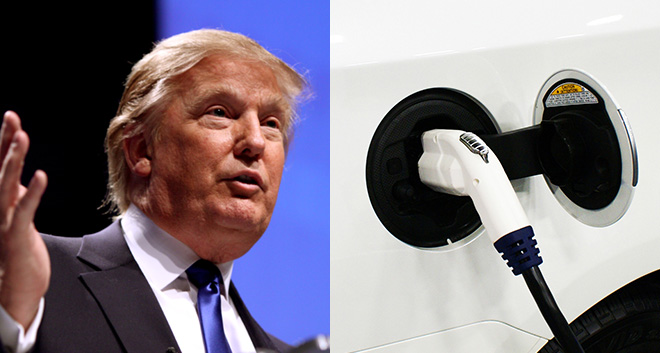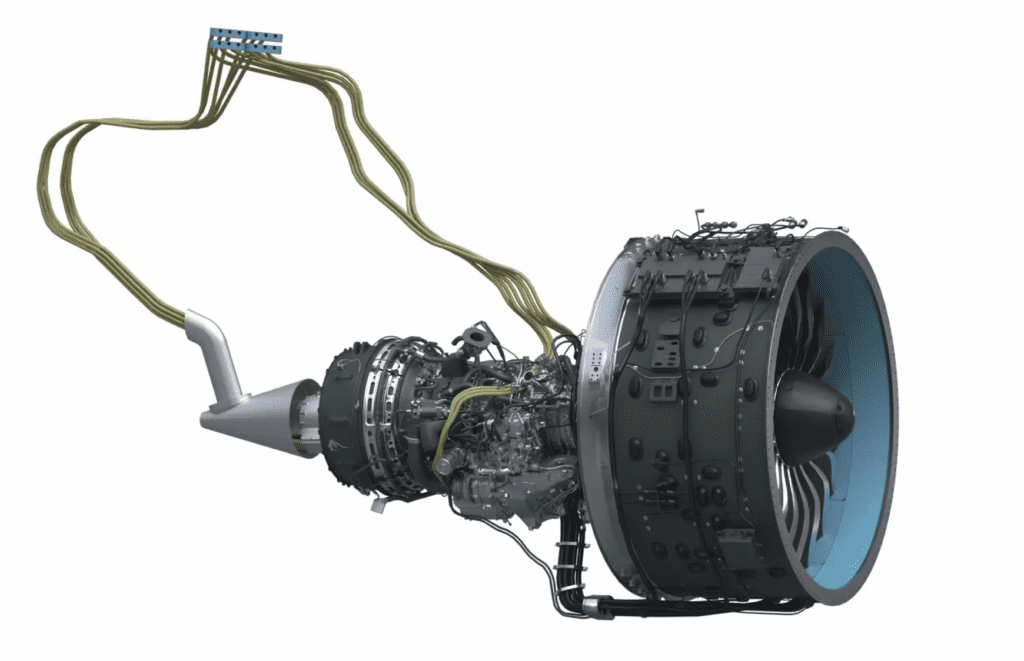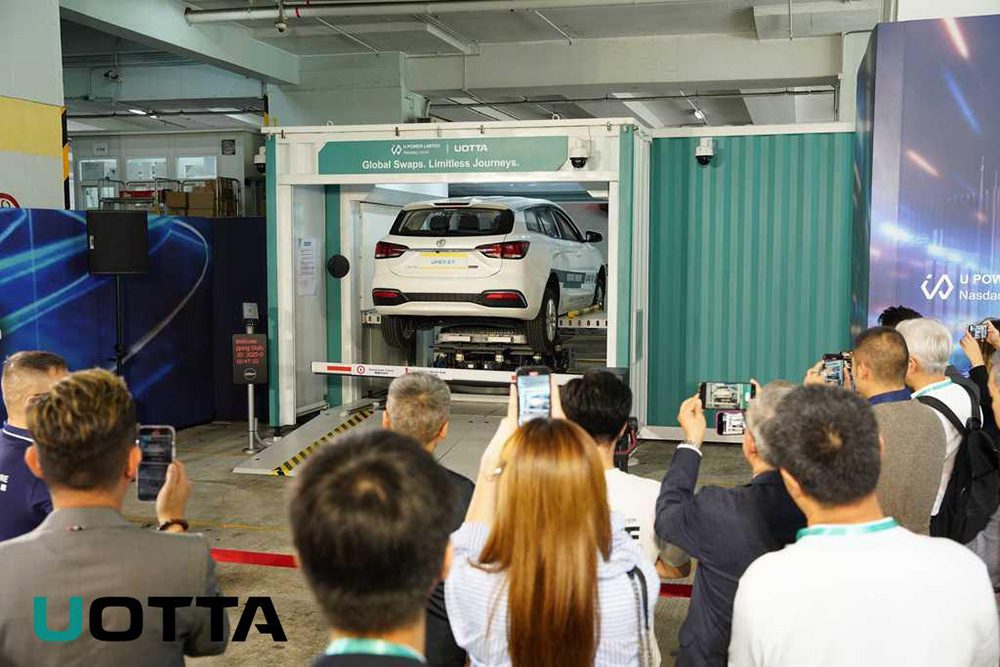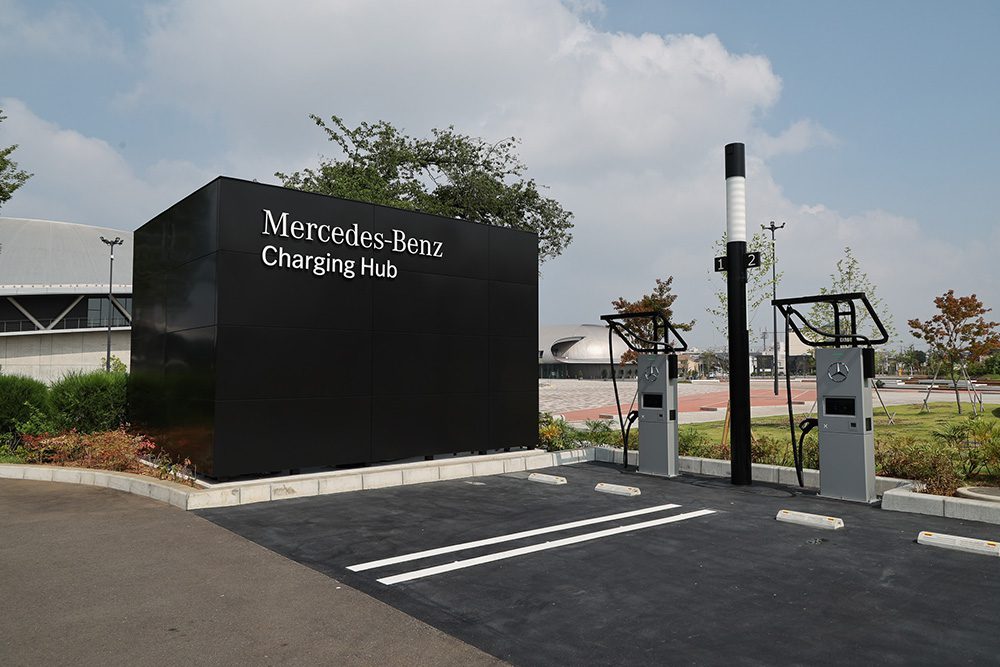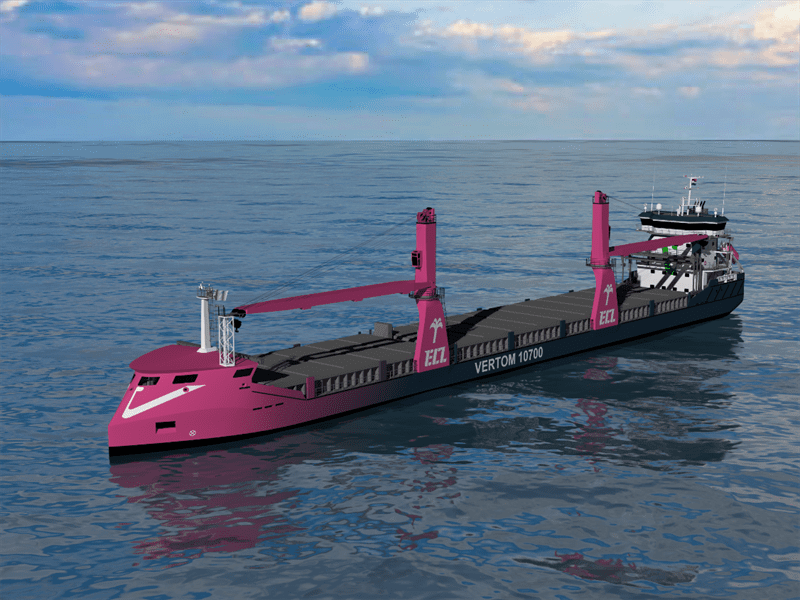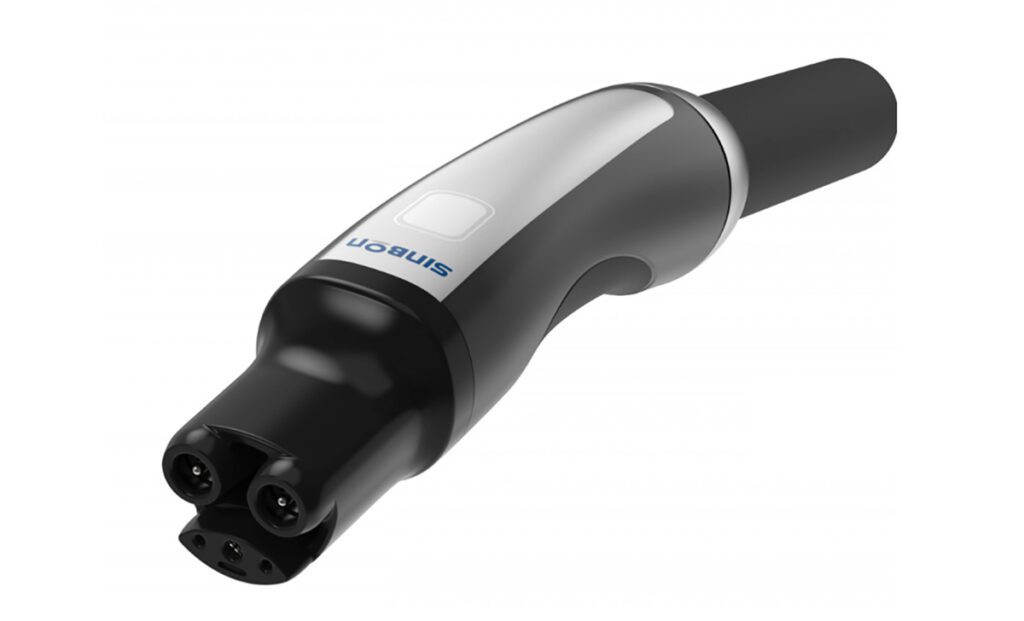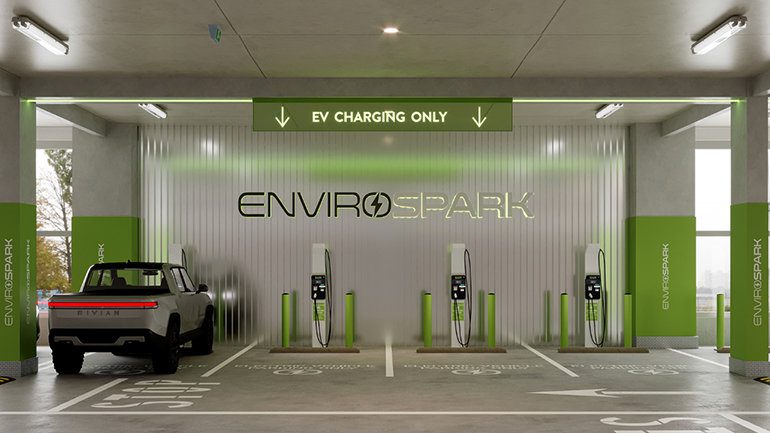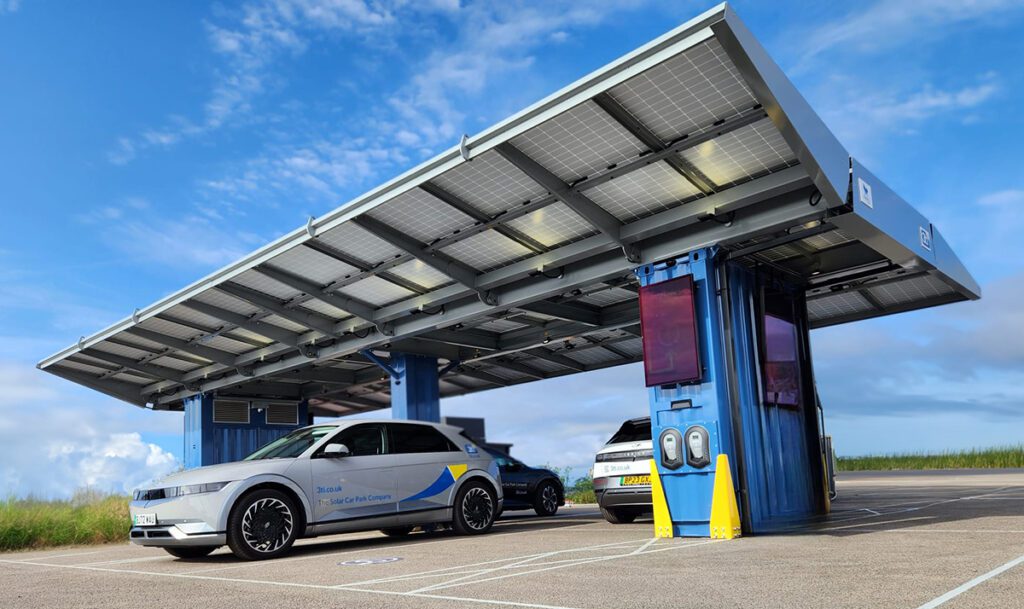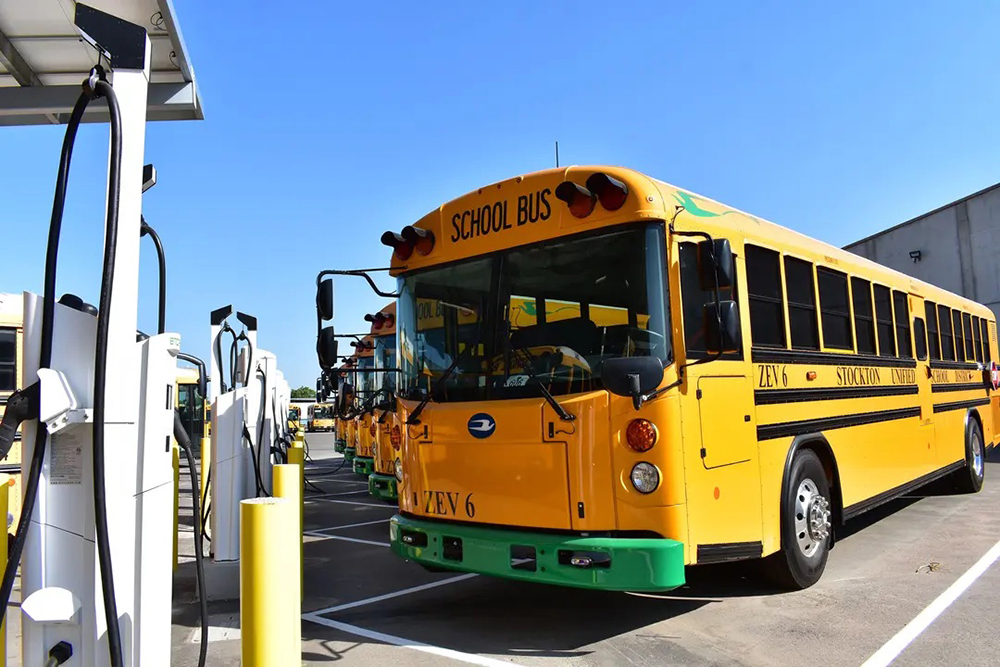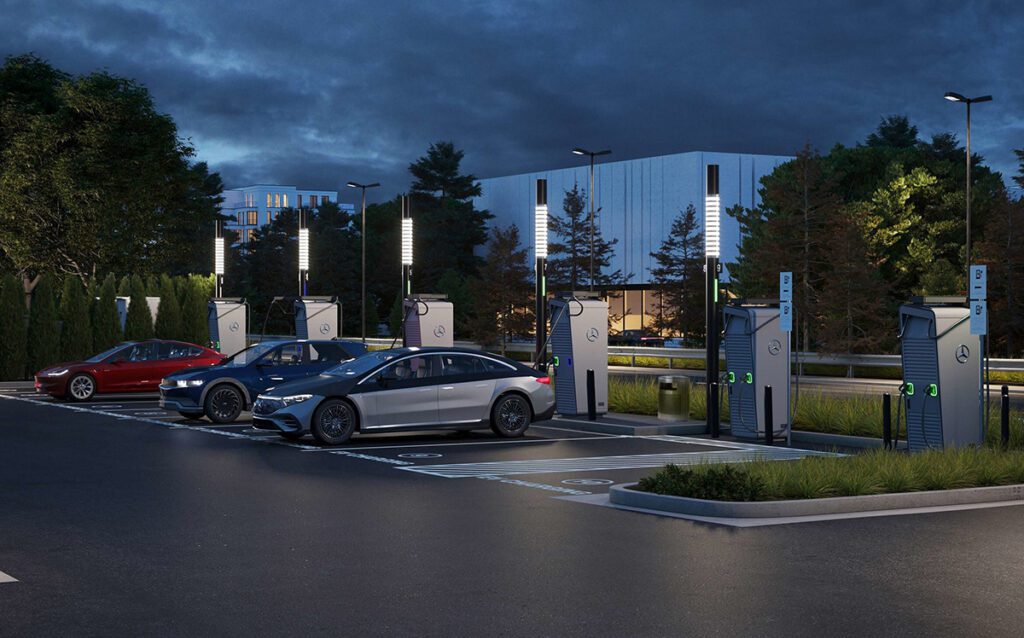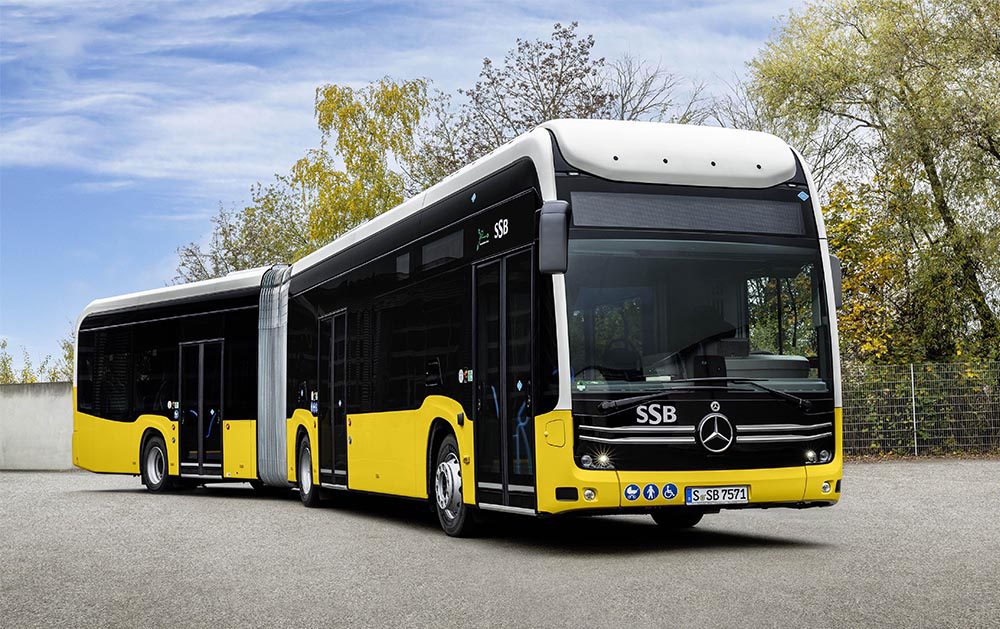In some areas, the Trump administration may seem aimless and disorganized, but when it comes to environmental and energy policy, it is moving with brutal efficiency to terminate America’s transition to renewable energy and electrified transport.
The president’s budget request for fiscal year 2019 decimates EPA and DOE programs that drive advanced vehicle manufacturing. It would entirely eliminate the DOE’s Advanced Technology Vehicles Manufacturing (ATVM) loan program, which was created under President George W Bush. Industry observers credit the ATVM program with helping Ford survive the Great Recession, and with helping Tesla and Nissan create thousands of jobs in the EV industry.
The 2019 budget request also kills the Advanced Research Projects Agency – Energy (ARPA-E), which has provided millions of dollars for research into batteries, electric powertrains and emissions reduction technology. It slashes funding for the Energy Efficiency and Renewable Energy Vehicle Technologies Office at the DOE, which funds EV and charging infrastructure research, by 78 percent.
At the EPA, the administration plans to cut several Clean Air Act-related programs. This includes weakening the EPA’s ability to monitor vehicle emissions by cutting the Office of Transportation and Air Quality’s budget by 27 percent. This office includes the National Vehicle and Fuel Emissions Laboratory, which enforces vehicle emissions rules, and played a major part in exposing the Volkswagen dirty diesel debacle. The budget would also eliminate numerous programs under which the EPA partners with businesses or state and local governments to reduce vehicle emissions, including SmartWay and the State and Local Climate Energy Program. The Diesel Emissions Reduction Act program, which provides money for communities affected by diesel pollution to upgrade existing diesel engines, would take a 75 percent whack.
According to the Natural Resources Defense Council, current emissions and fuel economy standards support 288,000 jobs in more than 1,200 manufacturing facilities across the United States. Over the past decade, the US auto industry has achieved massive growth and record profits, while producing ever-cleaner, more efficient vehicles.
The president’s proposed budget won’t become law without the cooperation of Congress, and there’s sure to be resistance from lawmakers on both sides of the aisle, especially those whose districts have benefited from the surge in auto industry jobs.
Let your elected leaders know where you stand on these issues. Contact information can be found at www.usa.gov/elected-officials. To find out who represents your district, go to www.house.gov/representatives/find-your-representative for the House of Representatives and www.senate.gov/general/contact_information/senators_cfm.cfm for the Senate.







